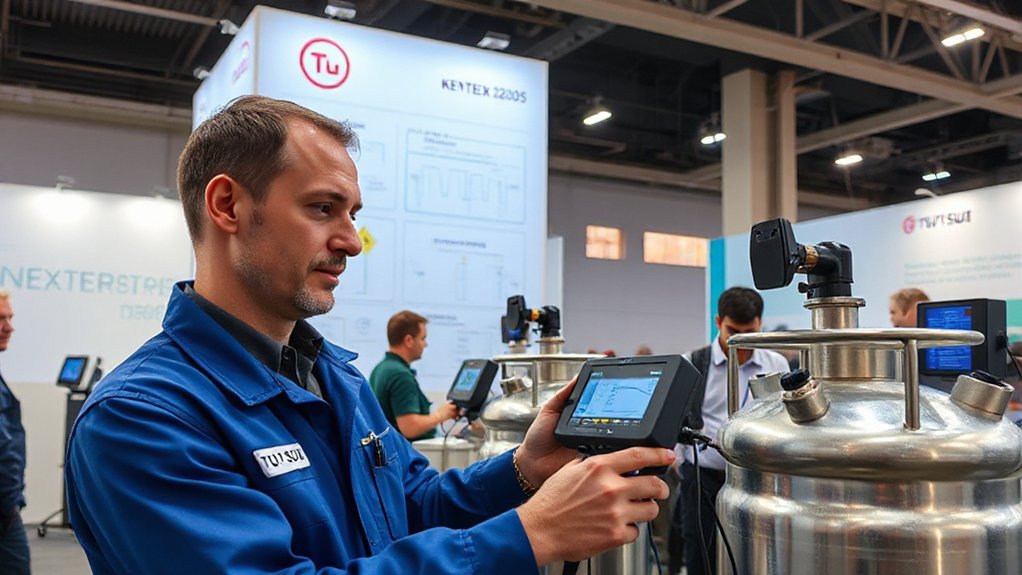Scientists are turning to the world’s oceans for our energy future. The “Seawater Transformation” uses abundant seawater instead of limited freshwater to produce hydrogen fuel. This approach saves drinking water while creating clean energy. New catalysts and materials make the process more efficient each year. Coastal nations could soon power their economies with hydrogen made from the waves lapping at their shores. What might this mean for countries currently dependent on imported fossil fuels?
While scientists search for cleaner energy solutions, a groundbreaking technology is making waves in the renewable energy sector. Researchers have developed methods to produce hydrogen fuel directly from seawater, offering a sustainable alternative to fossil fuels.
This innovation eliminates the need for freshwater in hydrogen production, conserving valuable resources. Recent collaborations between Johns Hopkins and Penn State universities have accelerated breakthroughs in this field. Unlike traditional methods like steam methane reforming, seawater electrolysis produces virtually no greenhouse gases, making it environmentally friendly.
The technology works through specialized systems that prevent unwanted byproducts. Double-membrane setups stop chlorine formation during the extraction process. Scientists have also created advanced catalysts, including nickel-iron hydroxide and transition metal dichalcogenides, which boost production efficiency. This approach creates a sustainable cycle similar to biofuels, where resources can be continuously replenished.
Coastal and island nations stand to benefit most from this breakthrough. These regions can now use their abundant seawater access to create clean energy, reducing their dependence on imported fuels. When burned, hydrogen fuel generates only water vapor as a byproduct, making it an ideal solution for climate change mitigation. The process supports local job creation while offering energy independence.
There’s also a major economic advantage. By avoiding freshwater use and preventing chlorine production, operating costs decrease considerably. As the technology scales up, experts predict global green hydrogen prices will fall, making it competitive with fossil fuels.
Hydrogen from seawater plays an essential role in the renewable energy shift. It serves as an energy carrier that works alongside solar and wind power. When excess renewable electricity is available, it can produce and store hydrogen for later use, solving the intermittency problem of renewable sources.
Despite its promise, challenges remain. Seawater’s complex chemistry can damage equipment over time. Scientists are working to create more durable materials for catalysts and membranes to extend system lifespans.
As research continues, seawater-based hydrogen production offers hope for a sustainable energy future. By harnessing Earth’s most abundant resource – our oceans – we’re moving closer to clean, renewable energy that supports global climate goals while meeting growing energy demands.








